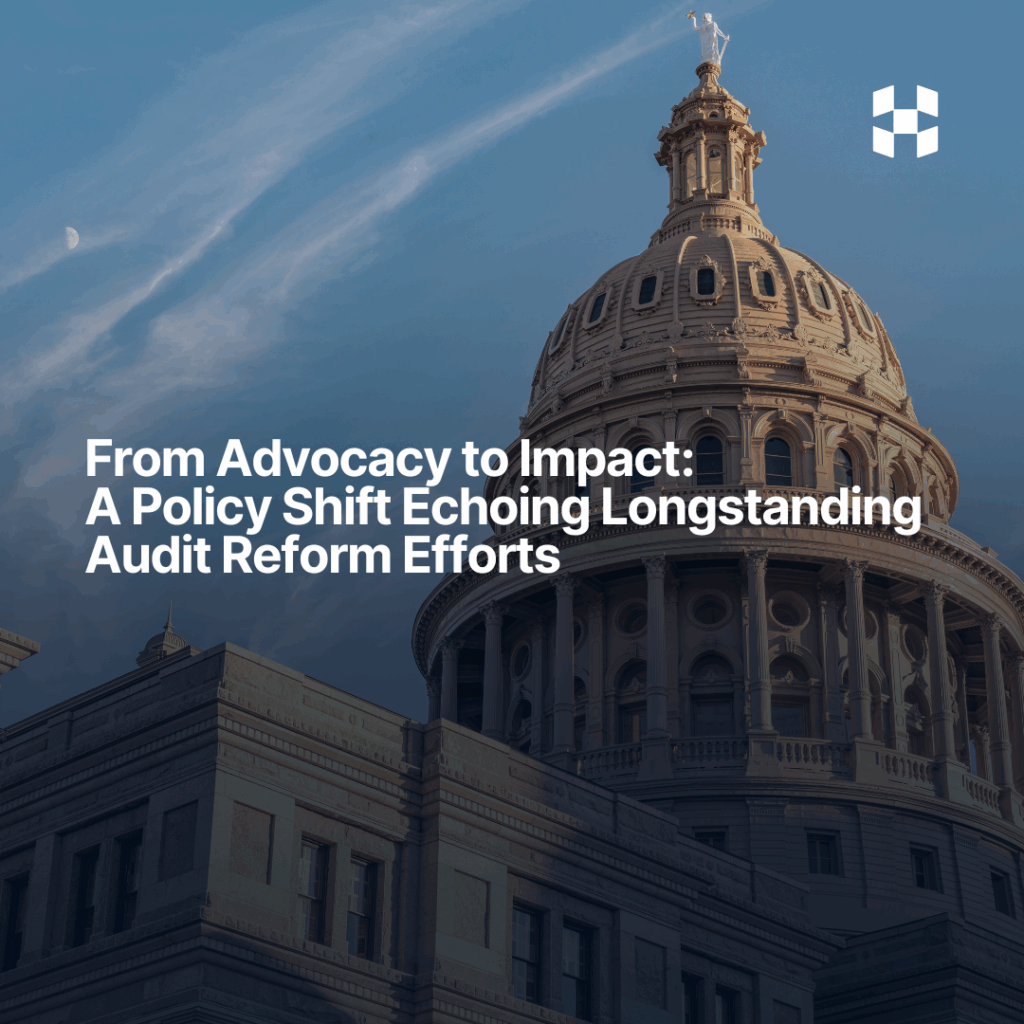The Current Portion of Long-Term Debt [CurPorLTD] field is populated with the scheduled principal payments for debt that is issued on a long-term basis – i.e., debt which is not due in its entirety within the next fiscal year. This field would also include any accelerated payments due to default or noncompliance.
The Short-Term Debt field can be found in the database as [STD] for most revenue-backed sectors or [STDGov] for most tax-backed sectors. It is populated with short-term debt that is outstanding at fiscal year end. The field does not account for any short-term borrowings that were issued and repaid during the fiscal year. It also includes any prepayments or refunding of long-term debt that are not required and bonds payable on demand. Variable-rate debt subject to remarketing classified as current portion of long-term debt due to expiration of collateral or other purposes is classified as short-term debt. In most cases, an extension or new collateral agreement will be reached. Bank overdrafts are also included in the short-term debt field.
In the taxed-backed sectors, tax anticipation notes (TANs) and revenue anticipation notes (RANs) are considered to be short-term debt. Bond anticipation note (BANs) classification depends on the presentation and purpose. If the entity is issuing and repaying BANs in a revolving manner, or one that imitates long-term debt, any amounts due within one year are generally considered current portion of long-term debt and any amounts due beyond a year would be included in long-term debt. If, however, the BANs are shown as being issued and due in one year, Merritt will include these amounts as short-term debt.



